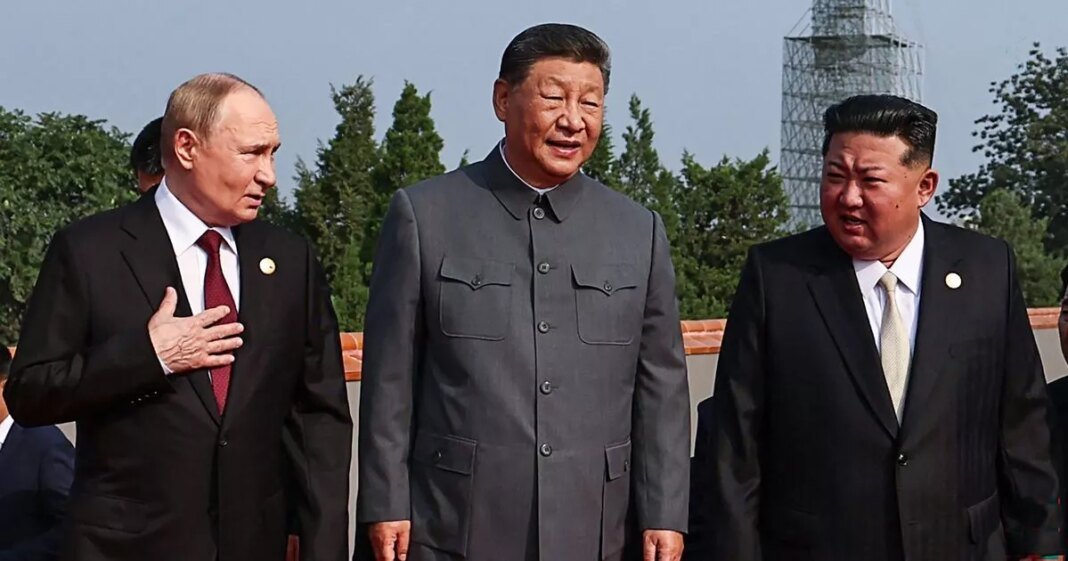China’s recent military parade showcased more than just its historical sacrifices during World War II. The event, marked by precise marching and a display of advanced weaponry, served as a significant demonstration of strength.
The parade also symbolized unity among authoritarian leaders like North Korea’s Kim Jong-un and Russia’s Vladimir Putin. It was perceived by many as a direct challenge to the US and Western nations, particularly in response to the economic pressure led by former US President Donald Trump. The impressive military procession and array of lethal equipment conveyed a formidable message that could not be ignored.
During the event, Putin publicly referred to Chinese President Xi as a “dear friend,” emphasizing the strategic importance of their nations’ relationship. This gesture, along with the camaraderie displayed by the two leaders, was interpreted as a deliberate move to diminish the US and elevate China, Russia, and their allies on the global stage.
The sight of Xi Jinping standing alongside Putin and Kim Jong-un at the ceremony signified a growing alliance between the three leaders. Xi appeared intent on solidifying China’s leadership role in the East, with Russia and North Korea increasingly relying on Chinese support. The gathering of these leaders sent a clear message about their collective ambitions and intentions.
The event did not go unnoticed by Trump, who expressed resentment over the attention given to his counterparts. The meeting of the Russian, Chinese, and North Korean leaders was perceived by some experts as a strategic maneuver aimed at bolstering China’s influence and challenging the existing world order.
Xi’s remarks during the event emphasized the importance of choosing peace over conflict and positioning China as a formidable global player unafraid of confrontation. This declaration, coupled with China’s historical role in World War II and its current stance on international affairs, served as a warning to Western powers.
While Kim Jong-un’s presence at the event was noted, the focus was largely on the dynamics between Putin, Xi, and the implications for global geopolitics. Putin’s increasing alignment with China, despite internal challenges and conflicts, suggested a calculated strategy to maintain his political influence and secure vital partnerships.
Overall, the military parade and associated diplomatic gestures underscored the evolving power dynamics in international relations, with China and Russia positioning themselves as key players on the world stage. The event hinted at potential future conflicts and collaborations that could reshape the geopolitical landscape in the coming years.

